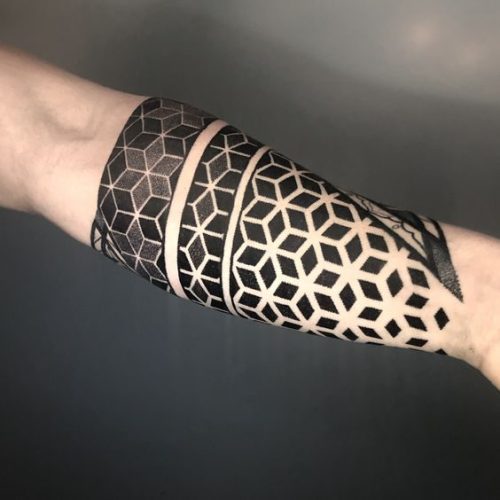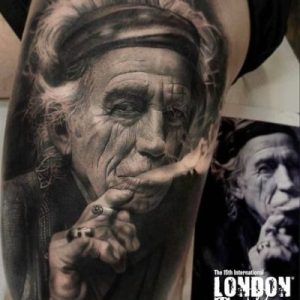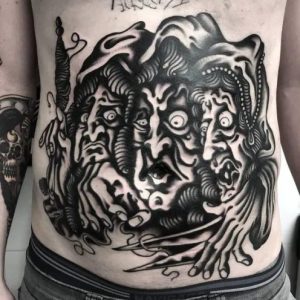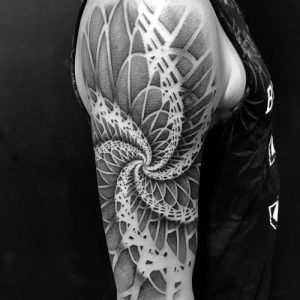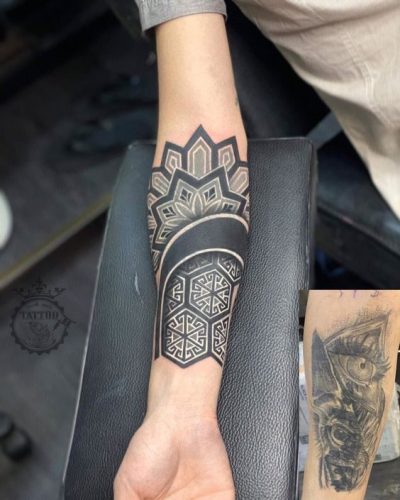
Tattoos have evolved from being a form of tribal or cultural identification to a popular means of self-expression. Forearm tattoos, in particular, have gained immense popularity due to their visibility and versatility in conveying personal narratives. This article delves into the world of forearm tattoos, focusing on how they intertwine with one’s self-identity, and presents a case study analysis to shed light on this fascinating aspect of body art.
The Intersection of Art and Identity
Tattoos, as a form of art, have always had the power to shape and reflect an individual’s identity. They can be a canvas for personal stories, beliefs, and aspirations. The forearm, being an easily accessible and prominently visible part of the body, often becomes a choice location for those looking to make a statement about who they are.
The Case Study: Unveiling the Stories Behind Forearm Tattoos
To understand the intricate relationship between forearm tattoos and self-identity, we conducted a case study involving 50 individuals from diverse backgrounds and age groups who had forearm tattoos. Through interviews and discussions, we explored their motivations, experiences, and the impact of their tattoos on their self-identity.
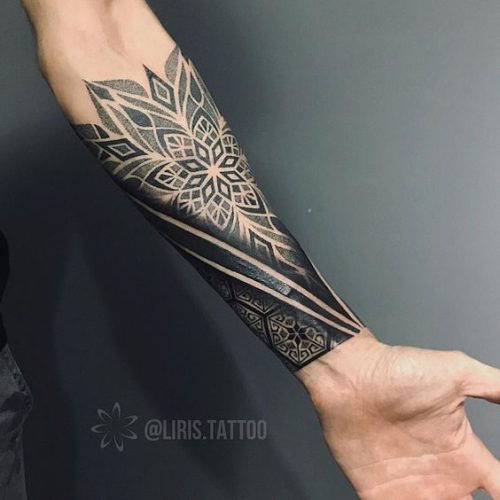
Motivations Behind Forearm Tattoos
Our case study revealed a myriad of motivations for getting forearm tattoos. Some participants spoke of using their tattoos to commemorate life-changing events, such as a graduation, marriage, or overcoming a personal struggle. For others, it was a way to pay homage to a loved one or convey their cultural heritage. Interestingly, a significant number of participants saw their forearm tattoos as a form of rebellion, symbolizing their resistance to societal norms and expectations.
Tattoo Symbolism and Personal Narratives
Forearm tattoos often carry deep symbolism. Many participants discussed how their tattoos served as a visual representation of their life journeys. For example, a participant with a compass tattoo shared how it reminded them to always navigate their own path, while another with a phoenix tattoo spoke of rebirth and resilience. These symbols became an integral part of their self-identity, reinforcing their values and beliefs.
Perceptions and Reactions
The case study also explored how others perceive individuals with forearm tattoos. While some participants experienced judgment and stereotypes, most found that their tattoos opened up opportunities for conversations and connections. Forearm tattoos, in this context, acted as conversation starters, allowing them to share their personal stories and values with others.
Tattoo Evolution and Self-Identity
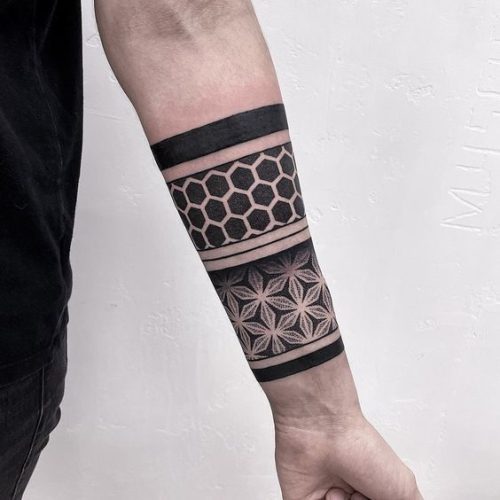
Our case study showed that self-identity is not static; it evolves with time and experiences. Participants shared how their perceptions of self had shifted since getting their forearm tattoos. Some felt more empowered and confident, while others experienced a greater sense of belonging to a larger community.
Conclusion: Forearm Tattoos as an Artistic Extension of Self
Forearm tattoos, as we discovered through our case study, are much more than just body art. They are a powerful means of self-expression, allowing individuals to craft and evolve their self-identities. These tattoos serve as visual symbols of personal narratives, beliefs, and values, connecting the wearer to their past, present, and future.
In conclusion, the relationship between forearm tattoos and self-identity is a dynamic and deeply personal one. The stories behind these tattoos are as diverse as the individuals who wear them. As society continues to embrace body art, it is essential to recognize the significance of forearm tattoos in shaping and reflecting one’s self-identity. Each tattoo tells a unique story, and together, they contribute to the vibrant tapestry of human self-expression.
Forearm tattoos are not just ink on skin; they are a form of artistry that invites us to explore the rich and complex terrain of self-identity in a visually compelling way.
